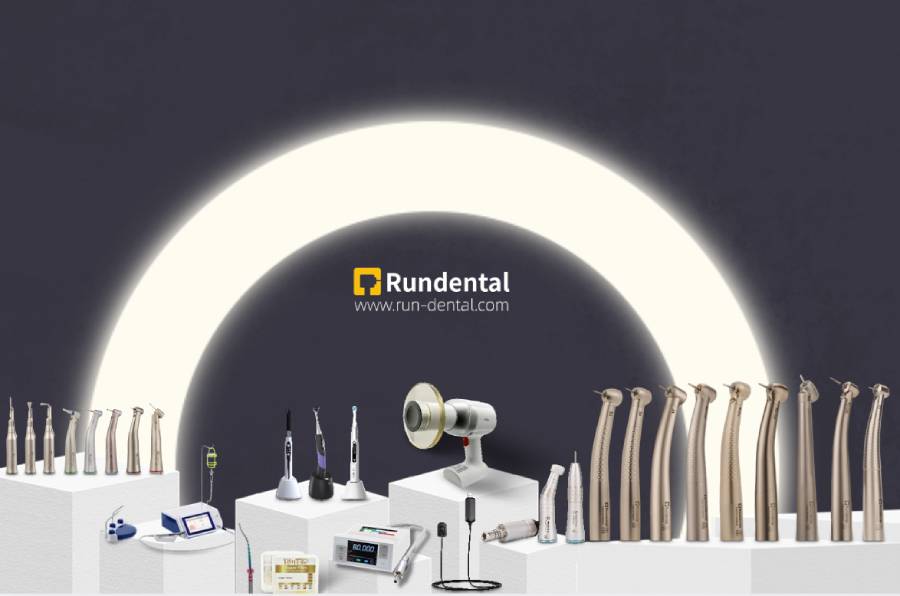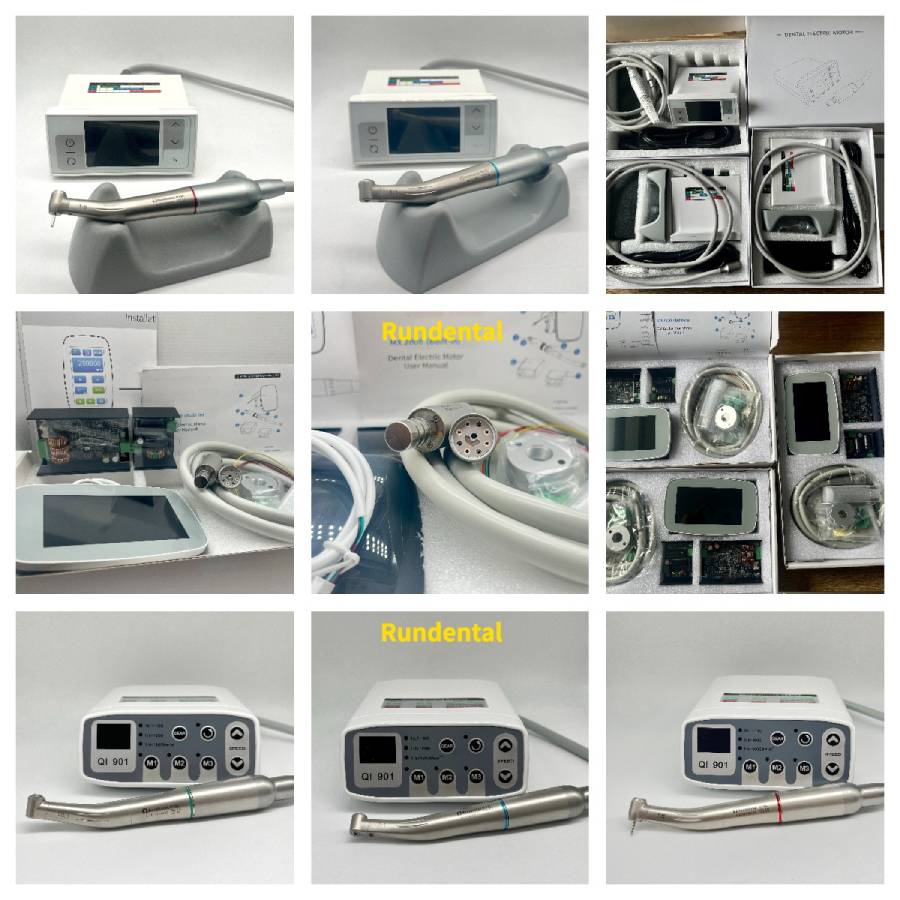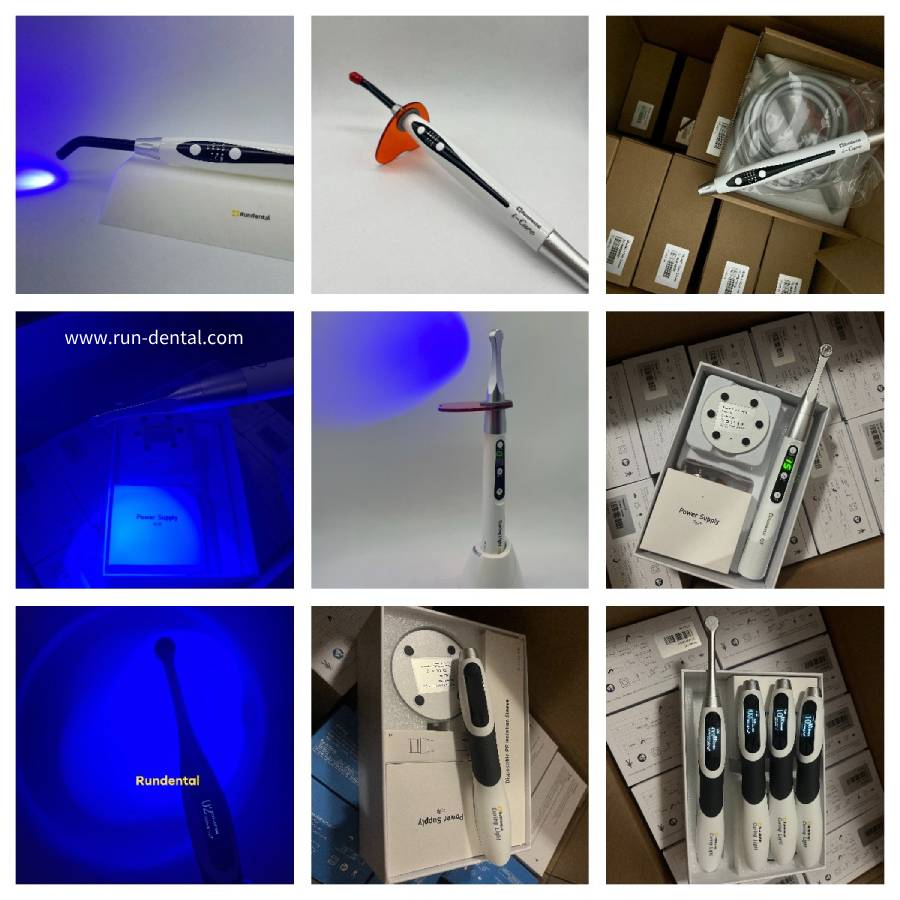Physical Address
304 North Cardinal St.
Dorchester Center, MA 02124
Physical Address
304 North Cardinal St.
Dorchester Center, MA 02124

Rewrite the content and keep the original meaning and format, and add 5 more H2, the content is “

This article explores the taxes on dental equipment imported from China, their variations across different countries.
In the global trade environment, taxes on imported dental equipment play a significant role in shaping the cost and availability of dental products. For dental equipment imported from China, understanding these taxes is crucial for stakeholders, including dental practices, dental suppliers, dental importers and patients.
Taxes on imported dental handpieces from China, often referred to as customs duties, tariffs, or import taxes, are imposed by governments to protect domestic industries and generate revenue. In the context of dental equipment imported from China, these taxes vary significantly across different countries, typically ranging from 5% to 25%.

European Union: In the EU, taxes on dental equipment imported from China generally range from 15% to 20%. These taxes apply to a wide range of products, including dental chairs, dental imaging devices, dental handpieces and orthodontic supplies.
United States: Although this article takes a global perspective, it’s worth noting that the U.S. has imposed taxes as high as 25% on various Chinese dental products.
Canada: Canada imposes taxes ranging from 10% to 20% on dental device from China, depending on the specific type of China dental equipment.
Australia: Taxes in Australia for dental imports from China typically fall between 5% and 15%.
Asia-Pacific Region: Countries in the Asia-Pacific region, such as Japan and South Korea, usually impose taxes in the lower range of 5% to 15%.

The import duty for dental handpieces (HS code 90184990) from China to Brazil is currently set at 12.6%.Whether an individual or a commercial entity engages in the importation of goods in Brazil, it is subject to import duties and taxes. Import duties and taxes are all based on the value of the shipment, calculated in CIF. Imported goods are also subject to state sales tax, federal tax, excise tax on certain products, storage fees, air handling fees, airport fees, and customs duties.
Dental handpieces (HS code: 90184990) are imported from China to Chile with a tariff of 6%. Chile generally implements a lower tariff policy for medical and dental equipment to promote the importation of medical devices.
The import duty for dental handpieces (HS code 90184990) from China to Mexico is currently set at 10%.
The import duty for dental handpieces (HS code 90184990) from China to Iraq is currently set at 10%. Additionally, there is a value-added tax (VAT) applied to imports, which is generally around 10% for medical equipment in Iraq. However, these rates can be subject to change based on updates to trade agreements or changes in local taxation policies.
Dental handpieces (HS code: 90184990) are imported from China to Egypt with a tariff of 5%.
Dental handpieces (HS code: 90184990) are imported from China to Russia with a tariff of 5%.

Some countries have signed relevant economic cooperation framework agreements and most-favored-nation (MFN) tariff preference policies with China, and can enjoy zero tariffs.Such as Philippines, Indonesia, Malaysia, Vietnam, Thailand, etc.
As global negotiations continue and trade policies evolve, the future of these taxes remains uncertain. By understanding the current tax landscape, the dental industry can better navigate these challenges and continue to provide essential care despite economic hurdles. Staying informed and adaptable is crucial for managing the impacts of these taxes effectively.
”